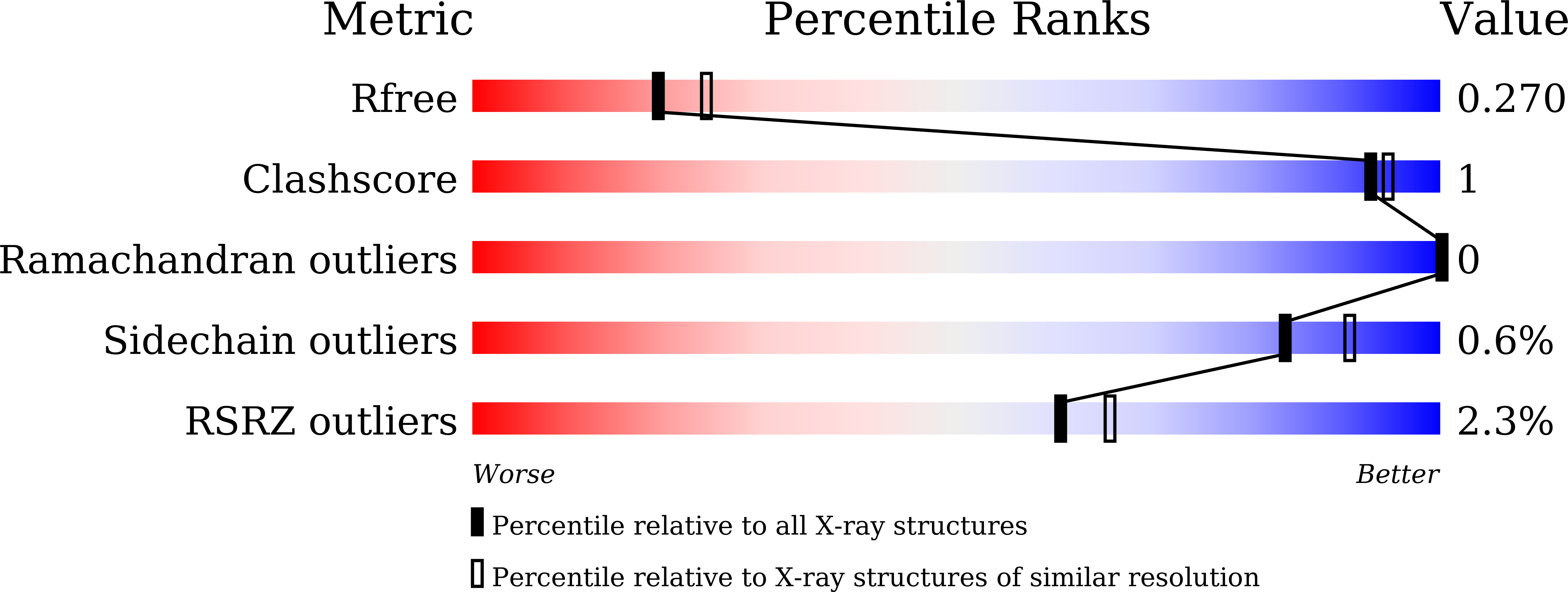
Deposition Date
2024-02-15
Release Date
2024-12-25
Last Version Date
2024-12-25
Entry Detail
PDB ID:
8YBL
Keywords:
Title:
Crystal structure of nanobody SEB-Nb3 bound to staphylococcal enterotoxin B (SEB)
Biological Source:
Source Organism:
Staphylococcus aureus (Taxon ID: 1280)
Vicugna pacos (Taxon ID: 30538)
Vicugna pacos (Taxon ID: 30538)
Host Organism:
Method Details:
Experimental Method:
Resolution:
2.33 Å
R-Value Free:
0.26
R-Value Work:
0.22
R-Value Observed:
0.22
Space Group:
P 21 21 21


